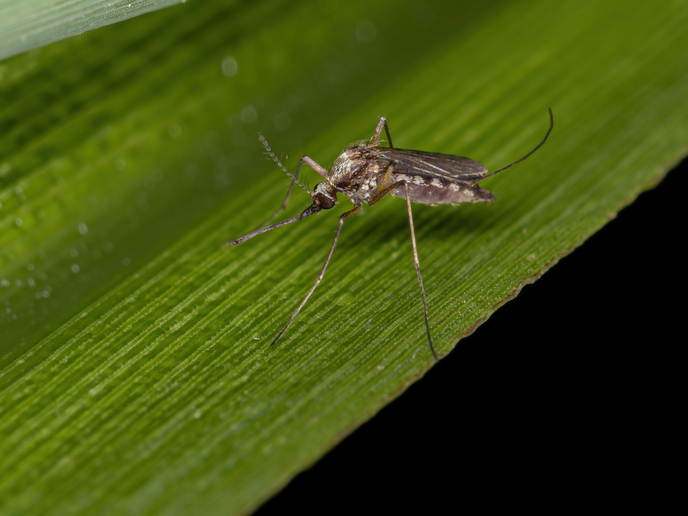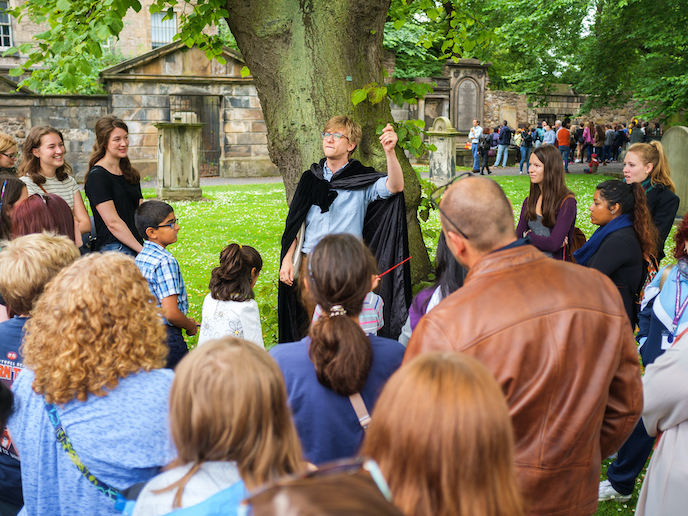How early childhood empathy can shape attitudes to nature
Some researchers suggest that the root of the current climate crisis can be traced back to the Western objectification of nature which views nature as a resource to be controlled and exploited. The ChildEmp project, supported by the Marie Skłodowska-Curie Actions, investigated how the development of empathy in the early childhood of the Ecuadorian rainforest’s Runa people shapes attitudes to the natural world. ChildEmp was guided by an understanding that empathy is a long-term process of socialisation through everyday practice and that social and cultural factors allow some non-humans to be perceived as ‘more like us’ and so more worthy of empathy. “ChildEmp suggests that a relationship with nature depends as much on culturally variable ways of understanding similarity, as on any intimacy with non-humans,” says Marie Skłodowska-Curie research fellow Francesca Mezzenzana from the University of Kent, the project host. “A key implication is that taking culture seriously is imperative when addressing human-environment relationships and educational practices.”
Blending anthropology and psychology
Indigenous Amazonian societies are renowned in anthropological literature for recognising intentions, feelings and desires in non-human natural entities, such as trees and rivers. To research the Runa people, ChildEmp benefited from a blend of anthropology’s long-term observations about how communities frame and codify their world, and psychology’s wealth of experiential knowledge about childhood socialisation. ChildEmp’s methodology was principally participant observation involving immersion in the daily life of the Runa. Three toddlers (from a few weeks to 3 years old) and three older children (between 3 and 6 years old) were observed. Mezzenzana lived amongst the families, participating in domestic life, including joining foraging trips, and observing child play and storytelling. Some of the activities were videotaped for later analysis. “I first looked at how children conceive non-humans, then I explored how they showed empathy towards them in everyday life and how educational practices influenced that,” explains Mezzenzana. An example of how the Runa recognise agency in non-humans was the way they perceive earthworm communication, noticing the collective sounds they make when in danger. “When assessing non-human behaviour, Western approaches usually look for evidence of intentionality; for the Runa this collective sound already evidences communication,” adds Mezzenzana. “Interestingly, this attribution of agency to non-humans doesn’t automatically translate into greater empathy which seems to be based on long-term familiarity and intimacy with non-humans.”
Educational implications
One implication of ChildEmp’s findings is that our relationship with the natural environment can be modified through education. This is relevant to European initiatives seeking to teach children, especially in urban settings, to ‘reconnect’ with nature and become better environmental stewards. “But, my research highlights that nature is not simply a neutral object. As children’s experience of it is mediated by specific cultural frameworks, direct exposure doesn’t guarantee better environmental citizens,” she notes. Mezzenzana is currently working on the design of education programmes, alongside a cross-cultural study into how children in different environments develop empathy towards non-humans. “Western children often empathise with animals they might never have seen in real life, such as lions. Runa children show more empathy towards animals they actually interact with. This begs questions about the influence of books, the internet and TV,” says Mezzenzana.
Keywords
ChildEmp, empathy, childhood, socialisation, Runa, Amazon, Ecuador, nature, anthropology, psychology, participant observation







